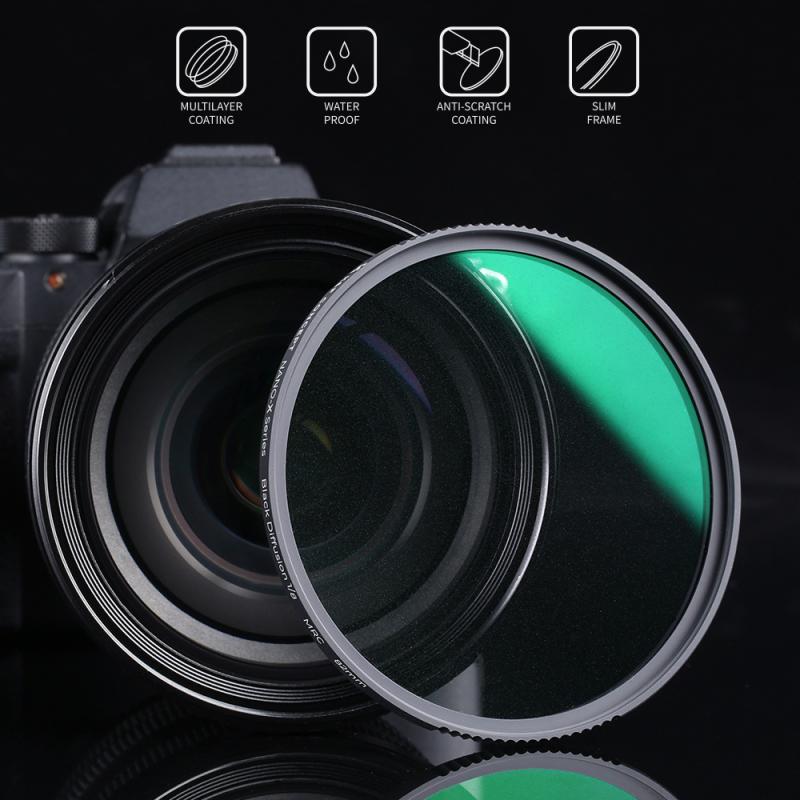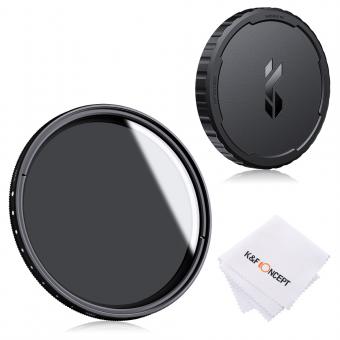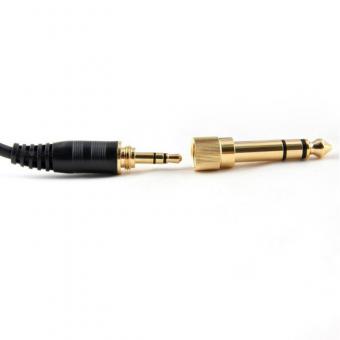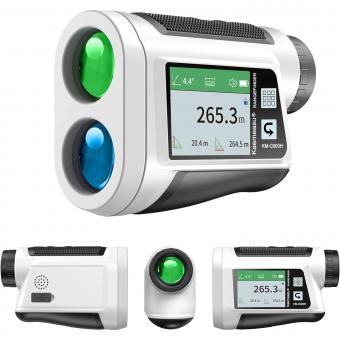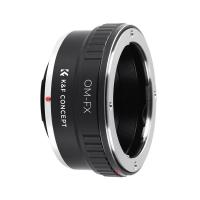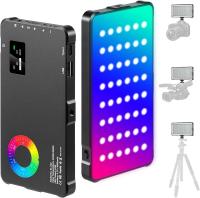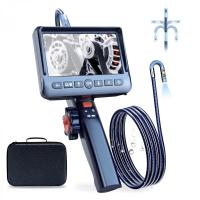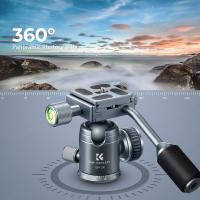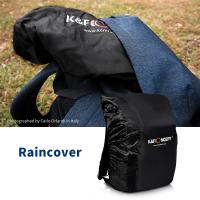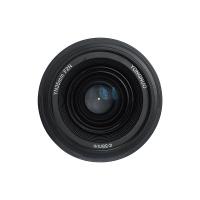What Does An Nd Filter Do ?
An ND filter, short for Neutral Density filter, is a type of camera filter that reduces the amount of light entering the camera lens without affecting the color or hue of the image. It is essentially a darkened piece of glass or resin that is placed in front of the lens. The main purpose of an ND filter is to allow photographers or videographers to control the exposure of their images or videos in bright conditions. By reducing the amount of light, an ND filter helps to achieve slower shutter speeds, wider apertures, or both, which can be useful in various situations. For example, it can be used to create motion blur in moving subjects, capture long exposures of landscapes or waterfalls, or achieve a shallow depth of field in bright daylight.
1、 Reduces the amount of light entering the camera lens.
An ND (Neutral Density) filter is an essential tool for photographers and videographers that reduces the amount of light entering the camera lens. It is essentially a darkened piece of glass or resin that is placed in front of the lens to block some of the incoming light. This allows photographers to have more control over the exposure settings and achieve certain creative effects that would otherwise be difficult to achieve.
The primary purpose of an ND filter is to balance the exposure in situations where there is too much light. For example, when shooting in bright sunlight, the camera's shutter speed may need to be set very fast to avoid overexposure. However, this fast shutter speed may not be ideal for capturing motion blur or creating a shallow depth of field. By using an ND filter, the amount of light entering the lens is reduced, allowing for slower shutter speeds and wider apertures without overexposing the image.
Additionally, ND filters are commonly used in landscape photography to achieve long exposure effects. By using a strong ND filter, photographers can capture the movement of clouds, water, or other elements over an extended period, creating a sense of motion and adding a dynamic element to the image.
In recent years, ND filters have become increasingly popular in videography as well. They are used to maintain a consistent shutter speed and frame rate in bright lighting conditions, preventing overexposure and maintaining a cinematic look. ND filters are particularly useful when shooting video with a shallow depth of field, as they allow for wider apertures without overexposing the footage.
Overall, an ND filter is a versatile tool that provides photographers and videographers with greater control over exposure settings and creative possibilities. It is an essential accessory for anyone looking to expand their photographic capabilities and achieve stunning results in various lighting conditions.
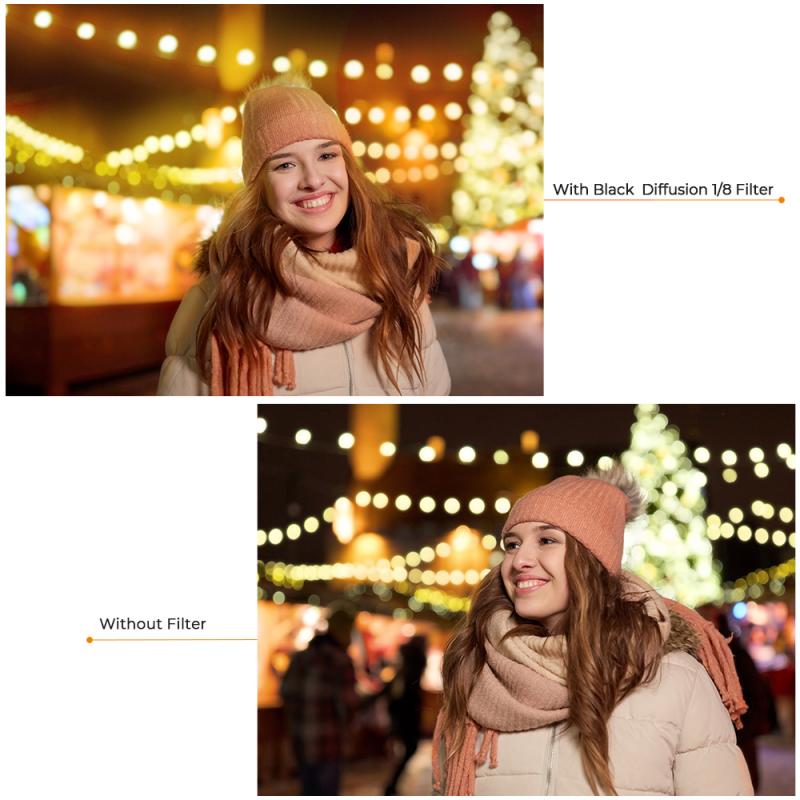
2、 Helps achieve longer exposure times for creative effects.
An ND filter, short for Neutral Density filter, is an essential tool for photographers and videographers. It is a piece of glass or resin that is placed in front of the camera lens to reduce the amount of light entering the camera without affecting the color or contrast of the image. The primary purpose of an ND filter is to help achieve longer exposure times for creative effects.
By reducing the amount of light, an ND filter allows photographers to use slower shutter speeds, resulting in motion blur or smooth water effects. This is particularly useful in landscape photography, where capturing the movement of clouds or water can add a sense of dynamism and tranquility to the image. Additionally, ND filters are also beneficial in situations where the available light is too bright, such as shooting in direct sunlight or capturing a waterfall on a sunny day.
In recent years, the use of ND filters has expanded beyond traditional photography. With the rise of drone photography and videography, ND filters have become popular accessories for aerial imaging. Drones often have fixed aperture settings, making it challenging to control the exposure in bright conditions. By using an ND filter, drone operators can achieve a more balanced exposure and capture smoother footage.
Furthermore, ND filters are also used in astrophotography to capture long-exposure shots of the night sky. By using a strong ND filter, photographers can extend the exposure time, allowing them to capture the movement of stars and create stunning star trail images.
In conclusion, an ND filter is a versatile tool that helps photographers and videographers achieve longer exposure times for creative effects. Whether it's capturing the movement of water, creating smooth aerial footage, or shooting mesmerizing star trails, an ND filter is an essential accessory for any photographer looking to add a touch of creativity to their work.

3、 Balances exposure between bright and dark areas in a scene.
An ND (Neutral Density) filter is a tool used in photography and videography to balance exposure between bright and dark areas in a scene. It is essentially a darkened piece of glass or resin that reduces the amount of light entering the camera lens without affecting the color or hue of the image.
The primary purpose of an ND filter is to allow photographers and videographers to achieve a desired exposure in situations where the available light is too bright. By reducing the amount of light entering the lens, an ND filter helps to prevent overexposure, which can result in loss of detail in the highlights. This is particularly useful in situations such as shooting in bright sunlight or capturing long-exposure shots during the day.
In addition to balancing exposure, ND filters also offer creative possibilities. By allowing for longer exposure times, they can be used to create motion blur effects in moving subjects like waterfalls or clouds. They can also be used to achieve a shallow depth of field in bright conditions, allowing for a more pronounced separation between the subject and the background.
From a recent point of view, ND filters have become increasingly popular in the world of drone photography and videography. Drones often have fixed aperture settings, which can limit the control over exposure. By using ND filters, drone operators can achieve more balanced and visually appealing shots, especially in bright outdoor environments.
Overall, an ND filter is a versatile tool that helps photographers and videographers achieve better exposure control and creative effects in various lighting conditions.
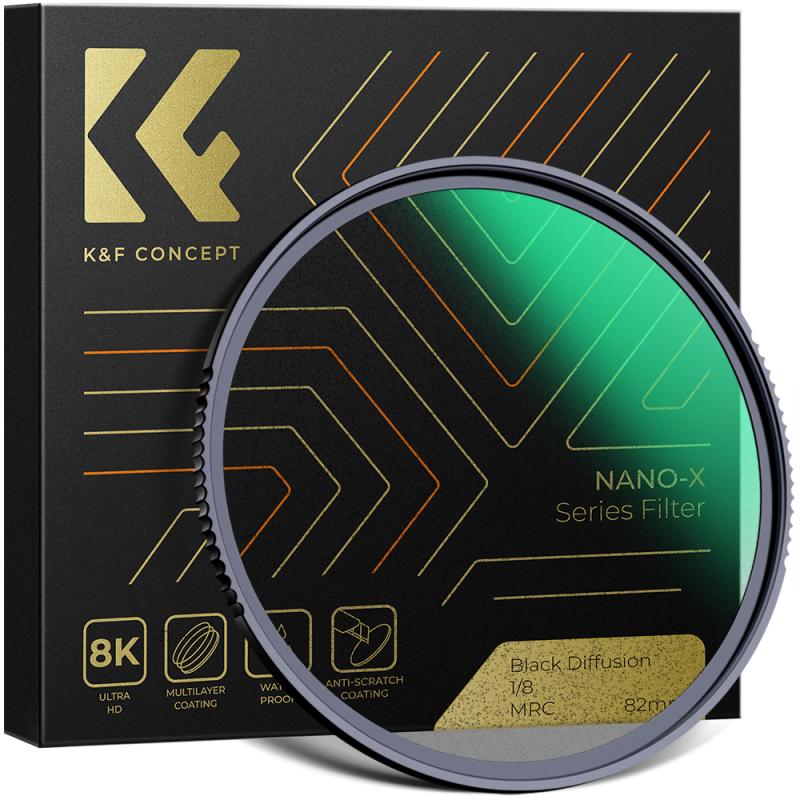
4、 Allows for wider aperture settings in bright lighting conditions.
An ND filter, short for Neutral Density filter, is an essential tool for photographers and videographers. It is a piece of glass or resin that is placed in front of the camera lens to reduce the amount of light entering the camera without affecting the color or contrast of the image. But what does an ND filter actually do?
The primary function of an ND filter is to allow for wider aperture settings in bright lighting conditions. When shooting in bright sunlight, the camera's aperture needs to be narrowed down to avoid overexposure. However, narrowing the aperture limits the amount of light that reaches the camera sensor, resulting in a deeper depth of field and potentially sacrificing the desired artistic effect. This is where an ND filter comes in handy.
By reducing the amount of light entering the camera, an ND filter enables photographers to use wider aperture settings even in bright lighting conditions. This allows for shallower depth of field, creating a beautiful bokeh effect and separating the subject from the background. It also gives photographers more control over the exposure settings, allowing them to achieve the desired creative vision.
In addition to enabling wider aperture settings, ND filters also have other applications. They can be used to create long exposure effects, such as capturing smooth, flowing water or streaking clouds. By using a longer shutter speed, the ND filter helps to reduce the amount of light reaching the sensor, resulting in a longer exposure time and creating stunning motion blur effects.
Furthermore, ND filters can be used to balance the exposure between different parts of an image. For example, when shooting landscapes with a bright sky and a darker foreground, an ND filter can help to even out the exposure, preventing the sky from being overexposed while maintaining the details in the foreground.
In recent years, with the rise of digital photography and advanced post-processing techniques, some argue that the need for ND filters has diminished. They argue that exposure adjustments can be made in post-production, and the dynamic range of modern cameras allows for more flexibility in challenging lighting conditions. While this may be true to some extent, there are still situations where using an ND filter in-camera can produce superior results. It allows photographers to have more control over the exposure and achieve the desired effect directly in-camera, reducing the need for extensive post-processing.
In conclusion, an ND filter allows for wider aperture settings in bright lighting conditions, enabling photographers to have more control over the exposure and achieve desired creative effects. While the need for ND filters may be debated in the digital age, they still play a crucial role in certain situations and can enhance the overall quality of the image.
